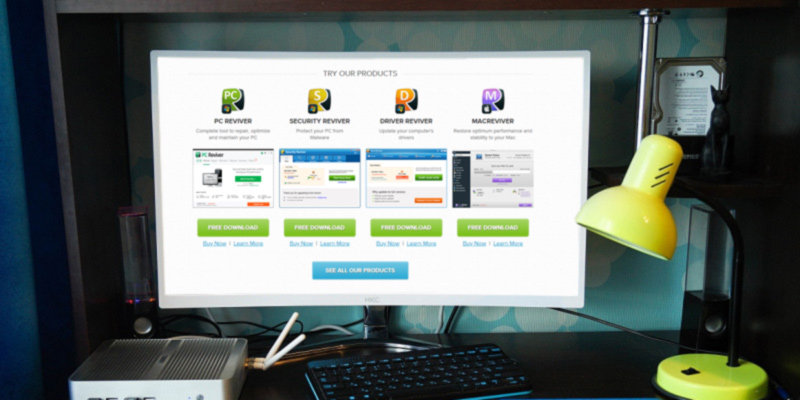
To release, install and manage software and configure from a center server or computer automatically, you need the right software deployment tools. Of course the effectiveness, competition, productivity and safety.
Today, most IT organizations and software developers deploy software updates, patches and new applications with a combination of manual and automated processes. Some of the most common activities of software deployment include software release, installation, testing, deployment, and performance monitoring. Choosing the right software deployment tools can make a substantial impact on your team’s productivity. If you’re looking to adopt a DevOps approach, we’ve rounded up some reliable, proven tools to meet all your DevOps needs here.
Backed by a large, very involved, community full of major corporations, Jenkins has earned a reputation as the leading open-source automation tool on the market, and for good reason. The tool can automate everything from software deployment and virus detection to project building, code analyzing, and more. Jenkins also integrates with hundreds of plugins, making it compatible with nearly every tool in the continuous integration and continuous delivery toolchain. This focus on all-in-one automation allows IT teams to streamline processes and remove the manual components often associated with these tasks. Software deployment includes all of the steps, processes, and activities that are required to make a software system or update available to its intended users.
Clear-Cut Healthy Habits Systems – An Analysis
And finally, while deployment tools can speed up your development cycle, don’t forget to test. Check out our post for some insights on integrating APM into your testing strategy. Jenkins offers continuous delivery and continuous delivery tools in an open-source automation server. Plugin structure supports building, deploying, and automating software projects.
It also supports version control tools like Subversion, Git, Mercurial, and Maven. Release management is a software engineering process intended to oversee the development, testing, deployment and support of software releases. Software deployment refers to the process of running an application on a server or device. Another example of software deployment could be when a user downloads a mobile application from the App Store and installs it onto their mobile device.
DevOps especially emphasizes the use of automation to streamline the software deployment process. If continuous delivery and integration are the name of your game, Jenkins has you covered.
- When a regression test finds a defect, it is easy to apply them on master, since the master is clear of unwanted features.
- This plugin takes a war/ear file and deploys that to a running remote application server at the end of a build.
- It is important to do a regression test of the merged features on master.
- Not like the other sets of build tools, SBT is specifically targeted to work towards Scala and Java Projects.
- SBT is perfectly capable of compiling Scala code, packaging archive artifacts, executing tests, and also to support many other build operations.
Critical Criteria Of Healthcare Across The Uk
Choosing the right software deployment tools can help companies save time and increase effectiveness vastly. Of all the software deployment tools out there, SolarWinds Patch Manager is by far my favorite. Users who don’t understand the implications will simply ignore these prompts month after month. It is used to continuously build and test software projects, enabling developers to set up a CI/CD environment.
It ties automated builds, testing, and releases into an integrated workflow. Mobile developers can deploy their apps back to the Apple Store or Google Play automatically.
Icelandic download from here company EMCO Software offers Remote Installer, a software distribution option. Troubleshooting and optimizing your code is easy with integrated errors, logs and code level performance insights.
Jenkins can easily distribute work across multiple machines, helping drive builds, tests, and deployments across multiple platforms faster. Every industry makes use of software to handle their operations. Installing and maintaining applications on vast number of workstations manually is difficult.
